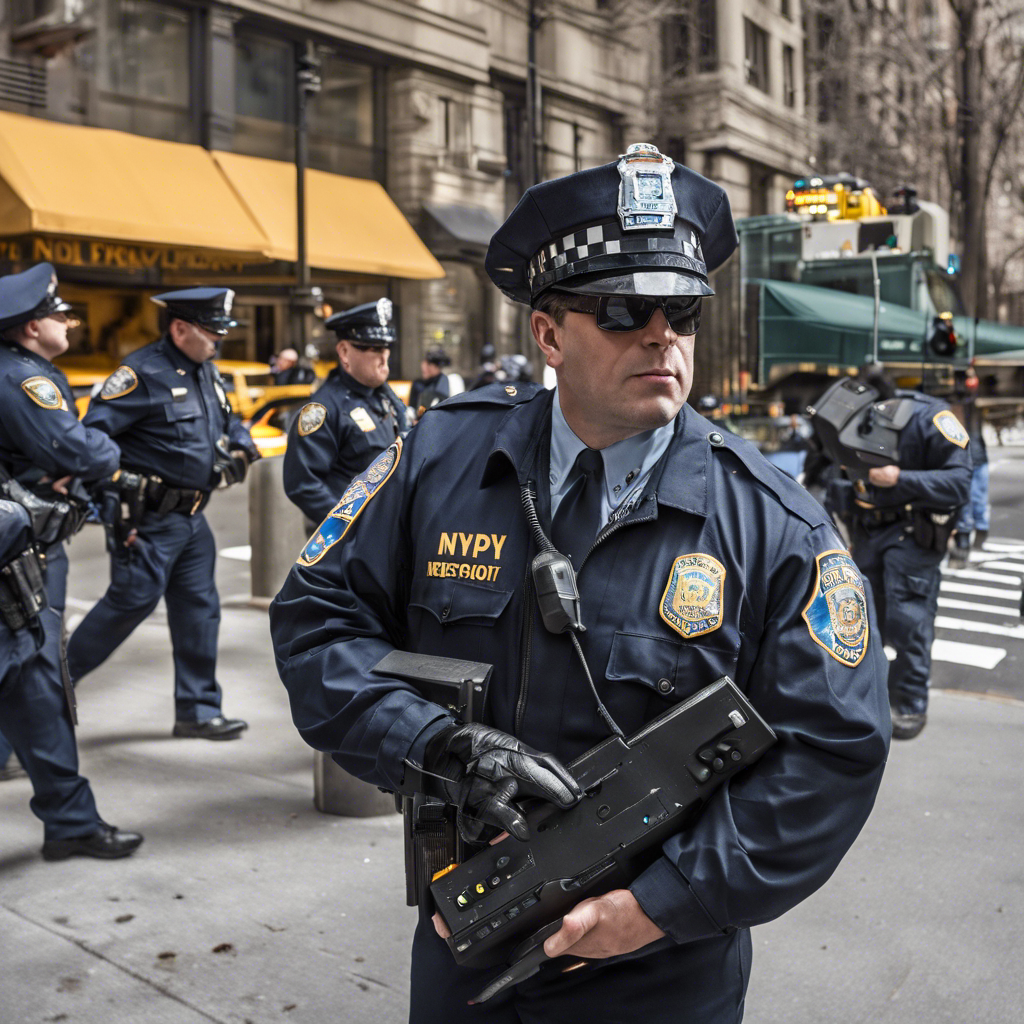The New York Police Department (NYPD) is investing $390 million in a new radio system that will encrypt officers’ communications, ending the long-standing practice of public access to police dispatches. The move is aimed at preventing misuse of police radios by criminals and unauthorized individuals, but critics argue that it will undermine transparency and accountability in law enforcement.
In a significant departure from tradition, the NYPD has announced plans to fully encrypt its police radio channels by December 2024. The decision comes after years of concerns over the misuse of police radios, including criminals evading capture, individuals disrupting communications, and opportunistic entities exploiting emergency situations for personal gain. While the move is intended to enhance officer safety and operational effectiveness, it has sparked a debate about the impact on public access, accountability, and the role of the press in holding law enforcement agencies responsible.
Public Access vs. Officer Safety
The decision to encrypt police radios is driven by the NYPD’s desire to prevent criminals from exploiting their communications. By encrypting the channels, the department aims to thwart individuals who have used the airwaves to evade capture or disrupt police operations. The move is seen as a necessary step to protect officers and ensure that sensitive information is not compromised. However, critics argue that this decision sacrifices public access to vital information and diminishes transparency in law enforcement.
Accountability and the Role of the Press
One of the primary concerns raised by critics is the potential loss of accountability for police actions. Journalists and photojournalists have long relied on police radios to chase breaking news stories and hold law enforcement officers accountable. The ability to listen to police dispatches has enabled reporters to capture crucial evidence, such as the video of Officer Daniel Pantaleo’s fatal encounter with Eric Garner. The open airwaves have also exposed instances of officers using threatening language against protesters during demonstrations. Encrypting police radios could limit the press’s ability to monitor and report on police activities, raising concerns about the erosion of transparency and public trust.
Balancing Officer Safety and Public Accountability
While the NYPD insists that the encryption of police radios is necessary to protect officers and prevent misuse, critics argue that there must be a balance between officer safety and public accountability. Councilmember Robert Holden testified that encrypting police radios is “a crime in itself,” emphasizing the importance of maintaining access to information for the press and the public. Councilmember Vickie Paladino echoed this sentiment, stating that there should never be a blackout of the press. The debate highlights the tension between the need to safeguard law enforcement operations and the importance of transparency in a democratic society.
Transparency Concerns and Alternatives
Addressing concerns about transparency, NYPD Chief of Information Technology Ruben Beltran claimed that the department is the most transparent police force in the country. However, critics argue that encrypting police radios contradicts this claim. Beltran suggested that news reporters submit Freedom of Information Law requests to access information, but this has been met with skepticism, given the NYPD’s history of delays in responding to such requests. State Sen. Michael Gianaris introduced the “Keep Police Radio Public Act,” emphasizing the critical role of public access to law enforcement radio for a free press and community organizations like violence interrupters.
Conclusion:
The NYPD’s decision to encrypt police radios has ignited a fierce debate about the balance between officer safety and public accountability. While the move is aimed at preventing misuse of police communications, concerns have been raised about the loss of transparency and the press’s ability to monitor law enforcement activities. As the NYPD moves forward with its plan, it is crucial to find alternative solutions that strike a balance between officer safety and maintaining public access to information. Preserving transparency and accountability in law enforcement is essential for fostering trust between communities and the police forces that serve them.
